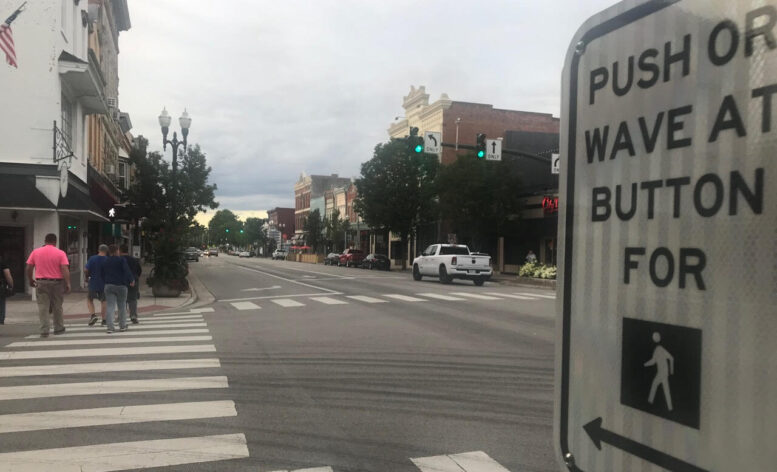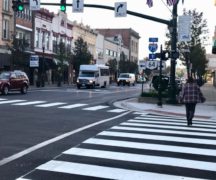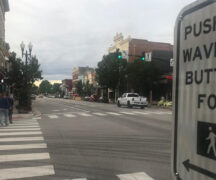By ROB MOORE
Smart Growth America’s 2022 “Dangerous by Design” report highlights the growing trend of pedestrian deaths in cities and states across the U.S.
Overall, Ohio does pretty well in this report compared to other states, with only 1.18 pedestrian deaths per 100,000 people, putting it in the top half of states for safe streets. Unfortunately, the bar is low and pedestrian deaths are on the rise throughout Ohio.
According to the report, fatality rates were up 31% in the second half of the 2010s compared to the first half of the decade statewide. This trend was shared by nearly all of its major cities with Toledo (14% increase), Columbus (36% increase), Cincinnati (36% increase), Cleveland (44% increase), and Akron (32% increase) all seeing increases in pedestrian deaths in the second half of the decade over the first.
Smart Growth America argues that these pedestrian deaths are a function of more dangerous streets. If streets are built to facilitate fast movement of cars over pedestrian safety, they are likely to lead to more pedestrian deaths. This leads to less people gaining the benefits of exercise, more use of cars that produce carbon and local emissions, and most directly kill pedestrians in the process
So what can we do to make our streets safer for pedestrians?
One of the most interesting parts of the report to me reading as an Ohioan was that it contained multiple mentions of an Ohio Department of Transportation document, the only state document mentioned in the report. This is the Department of Transportation’s Multimodal Design Guide, a tool for planners and designers to incorporate walking and biking into transportation planning with the goal of eliminating roadway deaths in the state.
One design element included in the guide is to build “buffer zones” between pedestrian walkways and roads. So rather than abutting a sidewalk to a road, the state suggests building a buffer zone anywhere from two to eight feet wide between the two. This means that if a pedestrian falls outside of the sidewalk or if an automobile comes off the road, there is a space between that can reduce the chance a pedestrian will be hit in this instance.
Another element of safe design from the guide is to keep the sidewalk level. An uneven sidewalk can cause pedestrians to exert more force, can disrupt balance, and can increase the risk a pedestrian will fall over, putting her at risk of injury.
The guide also covers the use of different materials for construction of sidewalks. Concrete is preferred since it is firm, smooth, the coloration provides a distinct difference with the asphalt of roads, and it requires less maintenance than asphalt, bricks, and pavers, which all become uneven more quickly than concrete.
There are more things the guide suggests for protecting pedestrians, like providing for a sufficient number of crossings, visibility, and time for pedestrians to cross roads. The point here is that we can reduce pedestrian deaths, we have the tools to do so, it’s just a matter of what our priorities are.
More headlines from Ohio Capital Journal:



